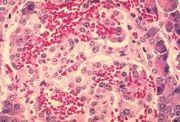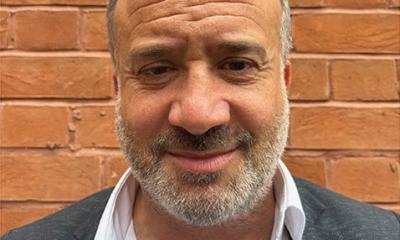Stop transplanted insulin cells from dying
Researchers at Linköping University and Uppsala University in Sweden can show that accumulation of protein aggregatess, amyloid, in the transplanted cells may be causing their death. With the aid of their results, physicians can enhance survival of islets transplants and improve treatment of type 1 diabetes.

Transplantation of insulin-producing cell islets, so-called islets of langerhans is an appealing strategy for treatment of type 1 diabetes. But it turns out that these are short-lived, and the procedure needs to be repeated. Until now it was not known why this insulin production ceases. The discovery now being published in The New England Journal of Medicine may change the course of diabetes research.
Transplant attempts have been carried out for more than 30 years. Hundreds of patients have had healthy insulin-producing islets of Langerhans recovered from the pancreas of donors. These transplants, which usually involve the injection of cell islets into the liver, normally go well, and the patients initially don’t have to take insulin. But within a year or two years the insulin production will cease from the transplanted cells.
“We have studied this in mice, but it has naturally been difficult to do so in humans. Now we have had an opportunity to examine such transplants in an individual with type 1 diabetes,” says Gunilla T. Westermark, assistant professor of cell biology at Linköping University.
In close to half of the cell islets examined, 43 percent, the researchers found lumps of amyloid. “We previously know that amyloid production is a symptom of stress that leads to cell death in type 2 diabetes. Perhaps the same thing happens in a transplant, when cells are exposed to great stress,” says Gunilla T. Westermark.
Interestingly, there were quite a few unaffected cell islets remaining in the liver. If we can prevent the production of amyloid at an early stage, these cells would be able to continue to produce insulin. One possible strategy is to create a drug; another would be to refine the methods used in transplants in order to reduce stress.
Image Courtesy: CDC/ Dr. Marshall Fox
16.09.2008











